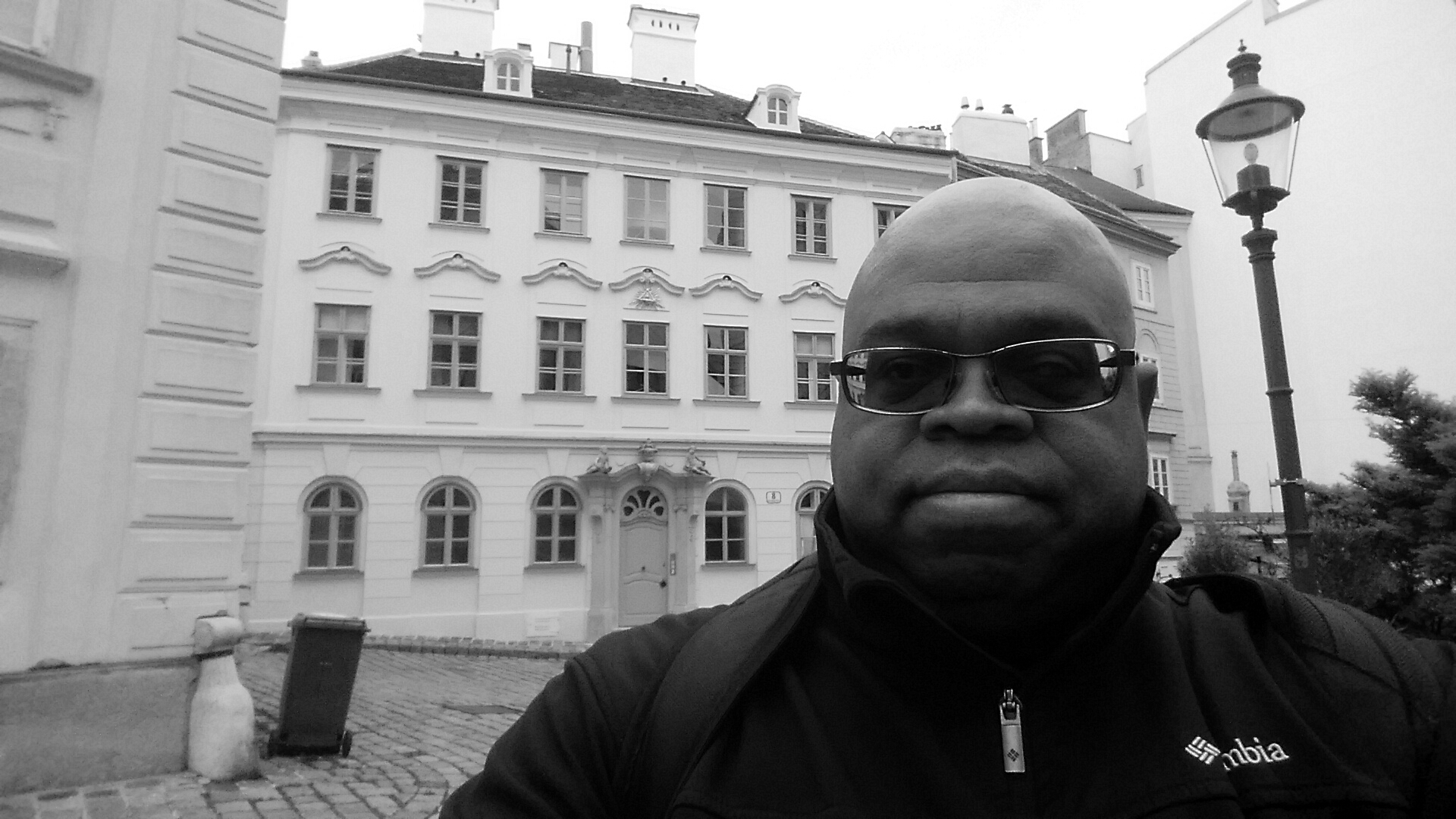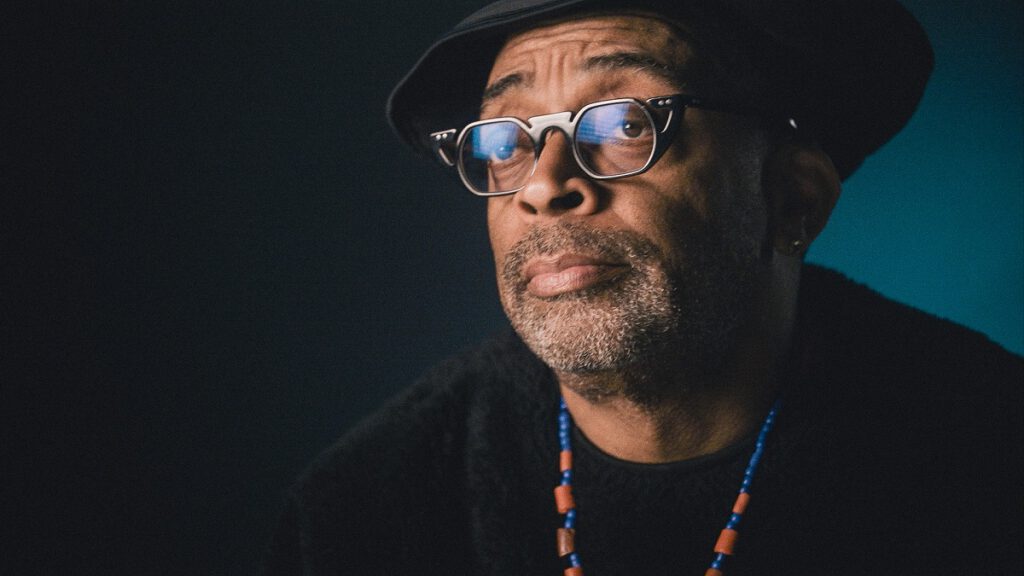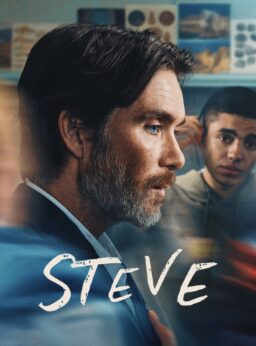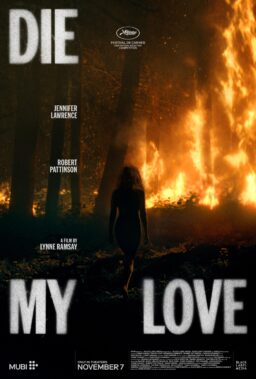Spike Lee’s documentary series “NYC Epicenters 9/11-2021½” is so timely you’d think HBO had some kind of crystal ball that guided their release date. The acclaimed director looks at the Coronavirus pandemic and the tragedy of 9/11 through the filter of the greatest city in the world, New York City. A series of four two-hour episodes broken into two chapters apiece, HBO will air it one episode at a time leading up to the 20th anniversary of 9/11. It will also stream in a similar fashion on HBO Max.
The release pattern may upset some, but truth be told, this is the last thing you want to binge watch. I was faced with this dilemma since I obtained the three episodes provided to me a few days before this review’s deadline, and I found the ordeal of watching in such a short period of time to be overwhelming. For those of us who bore firsthand witness to both events dissected in this masterful work, there is major potential for this to be quite triggering, especially in its sixth chapter. Full disclosure: I suffer from post-traumatic stress disorder, which was exacerbated by witnessing the events of 9/11, and I had a severe panic attack watching the graphic footage Lee presents. Reliving it was at times too much for me to bear. I feel compelled to warn you of the show’s intensity while at the same time issuing a strong recommendation based on the episodes I’ve seen.

Juxtaposing 9/11 and the pandemic seems at first like a random act, but Lee and editor Barry Alexander Brown (who also appears here) constantly build or expose parallels between the events. People we see in the early pandemic-based sections return in the 9/11 episode. One person calls the steady stream of bodies with no place to be stored during the height of NYC’s epicenter tenure “9/11 in slow motion.” And a comical section with Black flight attendants talking about how they referred to the rare all-Black and brown crew assignment as “a Soul Plane” takes on a sudden sense of impending doom when you discover they work for United. Lee lets this revelation slowly sink in, allowing you to connect them to their employer’s Flight 93.
This series is an extremely well-constructed dissertation. There are 200 people interviewed here, some I knew of beforehand and many I did not, and I won’t forget any of them. Lee seamlessly works in musical digressions and movie footage as commentary, and uses still photographs from the likes of Gordon Parks and Stanley Kubrick. It’s a typical Spike Lee Joint gumbo that’s compulsively watchable even if you have to turn away (or turn it off as I did) more than once. I am hoping that the fourth episode, which airs on September 11, 2021, will be a fitting coda to this impressive, sprawling documentary.
Lee moves from present to past, so we don’t fully get to the World Trade Center until the third episode’s Chapters 5 and 6. Chapter One starts with the short tribute film Lee made during the height of NYC being the epicenter of the pandemic. Set to Frank Sinatra’s cover of Kander and Ebb’s “New York, New York,” the short loses none of its power nearly a year later. From here, we’re introduced to a seemingly endless group of talking heads. Everyone has something necessary to say. There are deeply personal discussions and reminiscences from regular people like Lee’s camera man Rick Sarmiento to well-known public entities like Alexandria Ocasio-Cortez, Rosie Perez, John Turturro, and Steve Buscemi. Lee’s use of so many Black and brown talking heads is as welcome and inspiring as it is informative. There are scientists, doctors, politicians, activists and so on, proving that we come in all different flavors of careers.
As an interviewer, Lee is a real character. You can hear his excitement, his disbelief and his admiration bellowing from offscreen. He asks folks to repeat things he finds important or enlightening. He has a wicked sense of humor, joking with his interviewees and even talking smack about folks who aren’t Yankees or Knicks fans. Sometimes a gallows humor permeates the proceedings, as if telling us to laugh so that we may not cry. Throughout the episodes, large, bold red type appears on screen to describe people and the NYC boroughs they inhabit. (Brooklyn is definitely in the house here.) A certain former President from Queens is repeatedly referred to as “President Agent Orange,” a moniker we learn was coined by rapper and interviewee Busta Rhymes. Said president appears quite often in the first four chapters of “NYC Epicenters 9/11-2021½” because, despite what he may tell you, the ‘Rona came about on his watch.

You can’t complain about a Spike Lee Joint being political—such a protest is as stupid as being surprised Ebony Magazine has Black people in it. Being provocative and direct is one of Lee’s calling cards as a filmmaker. He takes no prisoners here: Disgraced NYC governor Andrew Cuomo gets the same brutal beat down President Agent Orange does. Political consultant Monica Klein sets the stage by sarcastically asking “How do I even start with the governor?!” Cuomo’s roasting is an example of HBO’s aforementioned perfect timing in releasing this series. Ron Kim, a US Representative from Queens and head of committee on aging, talks about Cuomo’s ill-advised book, the threats he received from the soon-to-be-ex-governor, and how Cuomo’s rep Melissa de Rosa lied about the number of nursing home deaths.
An interview in Chapter 2 with soon-to-be-ex Mayor of New York City, Bill de Blasio, is shockingly hilarious, with Lee asking “What’s up with your paisan in Albany? You guys couldn’t work it out? Get a bottle of wine or something?” Numerous clips are shown highlighting the back and forth animosity of the two equally hated New York politicians. NYT Albany bureau chief Jesse McKinley tells us that “in politics, friends flee and enemies accumulate.” As an allusion to De Blasio outlasting his upstate frenemy, Lee plays a snippet of James Brown’s petty revenge classic “The Payback” under their interview. Adding his own bit of pettiness, the director chides the mayor for being a Red Sox fan.
One of the bigger political battles in NYC during the pandemic was in regard to schooling and offsite teaching. 110,000 kids go to public school in the five boroughs. The system just wasn’t equipped to handle this. Teachers had to suddenly become tech support people and not everyone could easily get a computer. Zakiyah Ansari, an education activist, explains the resulting fallout: “It’s Black, brown and poor children being told they are not worthy of an education.” As a reminder of the human cost of Covid-19, Lee pays tribute to Sandra Santos-Viscaino, a beloved third grade teacher who was the first known teacher to die of the disease. Her son and daughter appear to provide moving testimony.
Each episode begins and ends with a montage or a short film. The montages are mostly set to the powerful score provided by longtime Lee collaborator, Terence Blanchard. Chapter 3, which focuses on police brutality protests in the aftermath of George Floyd’s murder, ends with the final scene of “BlacKkKlansman,” from the moment Lee employs his trademark people mover shot in that film. Chapter 4, which zeroes in on the events of January 6th, opens with frequent Lee collaborator, Bruce Hornsby’s hit song “The Way It Is” playing over a juxtaposition of the Capitol insurrection and BLM protests. Chapter 5 brings us into the 9/11 section by first presenting footage of the Twin Towers being constructed. Aaron Copland (whose work Lee used in “He Got Game”) supplies the music here, his “Fanfare for the Common Man” underscoring the majesty of these towering behemoths. Chapter 5 also has the opening scene of Stanley Donen’s “On The Town.”
Based on the episodes I’ve seen, I thought the Hornsby-scored montage was the series’ sharpest piece of criticism, especially in how it enhances the firsthand accounts of many of the politicians who were in the Capitol at the time. This being a love letter to New York, Lee interviews several of the state’s Representatives and its senior Senator. Their recollections, sense of fear and refusal to back down humanizes them. When asked if he were afraid, I expected Chuck Schumer to play it off; instead, his admission of terror is casually submitted. Again, HBO seems to have perfect timing here, considering the current investigation into the Capitol insurrection.
“60 construction workers died during the building of the Twin Towers,” an onscreen scroll tells us in Chapter 5, foreshadowing the much larger amount of deaths that occurred during their destruction. “NYC Epicenters 9/11-2021½” sets the stage carefully, along the way providing some very interesting nuggets of information about its director. In 1976, he appeared as an extra in the final scenes of Dino De Laurentiis’ remake of “King Kong.” Equally surprising is the reason why Lee wasn’t in New York City on 9/11. I won’t spoil that, but I will say his journey back home was made possible by the Brotherhood of Sleeping Car Porters. Before hell breaks loose, we meet several men and women of the FDNY, police officers, the Chef Director of the Windows on the World restaurant, survivors like Daphne Carlisle, and William Rodriguez, the maintenance guy responsible for cleaning the stairwells of all 110 floors in the North Tower. Lee masterfully lines them up, like a coach organizing his bullpen, before letting them navigate the horror of Chapter 6’s depiction of the events of September 11, 2001.
“It was a beautiful morning,” we hear numerous people say of that Tuesday. They weren’t kidding, either. The sky was clear as a bell and it was warm for September. I remember it like it was yesterday. I remember where I was, and what I saw. I worked with some of the people Lee shows running like hell in those clips. I had worked with people who did not get out of the buildings. Perhaps that is why my reaction to the sights and sounds of this episode was so visceral, but regardless, I must again issue this warning to viewers. Though restraint is clearly evident, there is some very graphic imagery here. In addition to seeing the buildings collapse, there are scenes of bodies falling from enormous heights, first responder descriptions that are bloodcurdling and actual footage of some of the interviewees on that day. Rodriguez talks about how he had the only master key to the doors of the North Tower, which allowed him to help several people get to safety. Then he describes the carnage he saw coming out of the building; his words will haunt you forever.
This is really tough going at times, in both sections, but it is still required viewing. Spike Lee gives us a history lesson to go with his howls of fury. There is well-earned anger here, but at its heart, “NYC Epicenters 9/11-2021½” is a love letter to the people of New York City and their resiliency. It is quintessentially Noo Yawk, and as someone who has spent over four decades staring at the majesty of downtown NYC from my hometown directly across the Hudson (and two of those decades working in downtown Manhattan, including in the Twin Towers), I felt an appreciation that may not translate as powerfully to other viewers. You may not feel the documentary’s love for its location and its people as much as I do, but you will feel how powerfully that love is rendered.
Three episodes screened for review.












